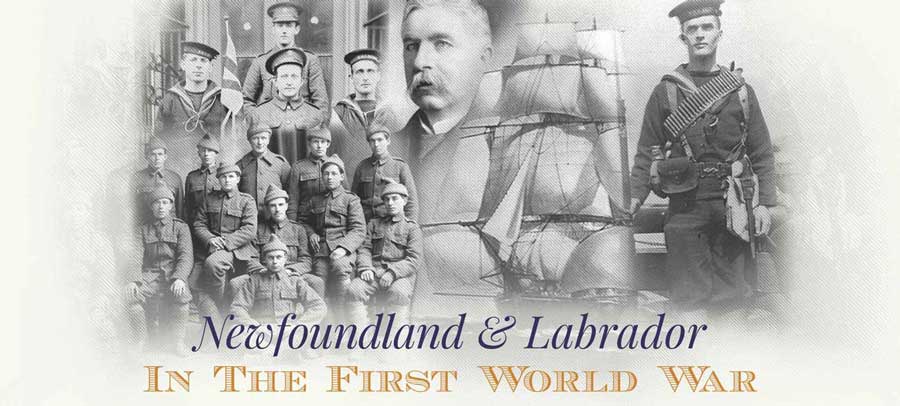Newfoundland Patriotic Association
The Newfoundland Patriotic Association (NPA) was a non-partisan volunteer organization that formed on August 17, 1914 to raise, train, and equip the Newfoundland Regiment. Its duties soon expanded to include almost every other task that a government-run military department would traditionally assume. The NPA served as Newfoundland's unofficial war ministry until July 1917, when the newly formed National Government created a Department of Militia to take over responsibility for the war effort.
Formation of the NPA
When war broke out on August 4, 1914, Newfoundland was unprepared. The dominion did not have any professional soldiers or a Department of Militia. Nonetheless, Governor Sir Walter Davidson wired London on August 7 to suggest that Newfoundland raise a land force of 500 men; the British government accepted his offer.
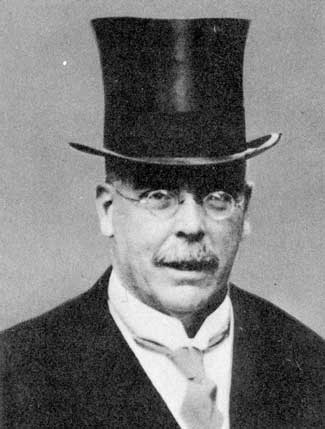
Instead of establishing a government department to raise the Regiment, Davidson and Newfoundland Prime Minister Edward Morris decided to create a non-partisan volunteer organization. They believed that a neutral association would remove party politics from the war effort and be better able to unite people from different religious affiliations. They also saw it as a financial and administrative expedient. Creating a new government department would require considerably more time and resources than a volunteer association, and it was widely believed that the war would last for no longer than a year.
The Newfoundland Patriotic Association (NPA) formed at a public meeting in St. John's on August 17, with Davidson as its leader. He and Morris carefully selected the group's first 55 members to represent the three major denominations (Anglican, Roman Catholic, and Methodist), as well as the governing People's Party and the opposition Liberals. Another 200 people joined on August 18.
The NPA included many of the dominion's leading citizens - merchants, lawyers, doctors, newspaper editors, members of the Legislative Council and House of Assembly, St. John's city councillors, Catholic Archbishop M. F. Howley, Church of England Bishop Llewellyn Jones, and representatives from the Newfoundland Royal Naval Reserve, the cadet corps, the Legion of Frontiersmen, and the St. John's Rifle Club. Outport magistrates, journalists, politicians, and doctors also formed branches in 45 rural communities.
Opposition
Despite the NPA's widespread support, there were those who opposed it. Its most vocal critic was William Coaker, leader of the Union Party and a Member of the House of Assembly. He believed that the government should assume direct responsibility for the war effort through the creation of a military department. Coaker also argued that it was inappropriate for Morris and Davidson to allow a group of private citizens to decide how large sums of public money should be spent on military affairs.
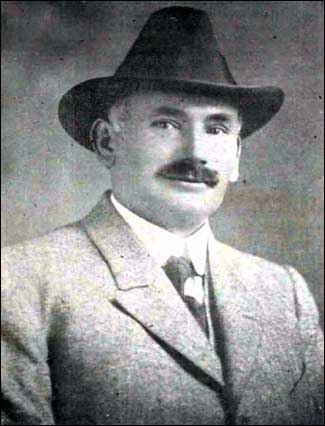
Nonetheless, the NPA received extensive support from the majority of Newfoundland's political, commercial, and social elite, and from the St. John's public in general. The government willingly allowed it to take charge of the war effort.
The NPA Takes Over
The NPA's first and founding role was to establish a Newfoundland Regiment. It created various committees to take on specific tasks, such as recruiting, training, officer selection, and finance. As new needs became apparent, more committees formed. Davidson selected the members of each committee in consultation with Morris. They conventionally included representatives from the three major denominations, as well as one member of the People's Party and another from the opposition.
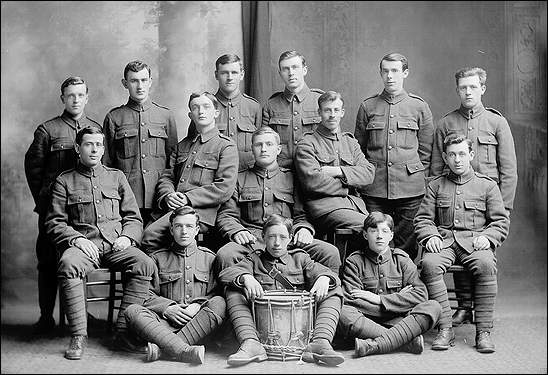
The committees functioned with a large degree of independence, although all major decisions had to be approved at the NPA's general meetings (which generally took place every month) and endorsed by the prime minister and leader of the opposition.
The NPA's responsibilities quickly expanded from the formation and maintenance of the Newfoundland Regiment to virtually every aspect of Newfoundland's war effort. It became responsible for soldier pensions and disabilities, veterans' hospitals, civil reestablishment programs, local food production, and assisted in the recruitment of volunteers to the Newfoundland Forestry Corps and the Newfoundland Royal Naval Reserve. It was also involved in a wide range of fundraising efforts, aimed at securing everything from war planes, to hospital supplies, to Christmas gifts for troops overseas.
The first year and a half of the NPA's existence were relatively smooth. Recruiting efforts were a success - buoyed by the patriotic fervor that marked the early months of war - and the association did a relatively good job of uniting the different political parties and religious groups under a common cause.
The Collapse of the NPA
But the war lasted far longer than anyone predicted and administrating the dominion's role in it proved to be unexpectedly complex. By the summer of 1916, the NPA was struggling to meet its obligations and facing growing criticism from the press, returning soldiers, and the public in general.
Recruitment, which had progressed so smoothly at the start of the war, became a serious problem. As the hopes of a short war dwindled, so too did the supply of volunteers. The staggering losses that the Regiment sustained at Beaumont Hamel on July 1, 1916 and at subsequent battles only worsened matters. It soon became impossible for the NPA to find enough new volunteers to keep pace with casualties.
The NPA itself contributed to the problem by failing to connect with outport residents in an effective way. Few of the 45 rural branches it created in 1914 existed for more than a year, and the NPA remained an essentially St. John's-based organization. Its recruiting strategy largely targeted city dwellers and did not take into account the significant economic and geographic barriers that prevented outport residents from enlisting.
Rural households depended on the seasonal cod fisheries for their livelihoods, but the NPA failed to put in place any economic aid that would make it possible for rural men to leave their homes without plunging their families into poverty. Some city employers on the other hand, offered to hold on to the jobs of employees who enlisted and to top up their military pay so it would equal their usual salaries.
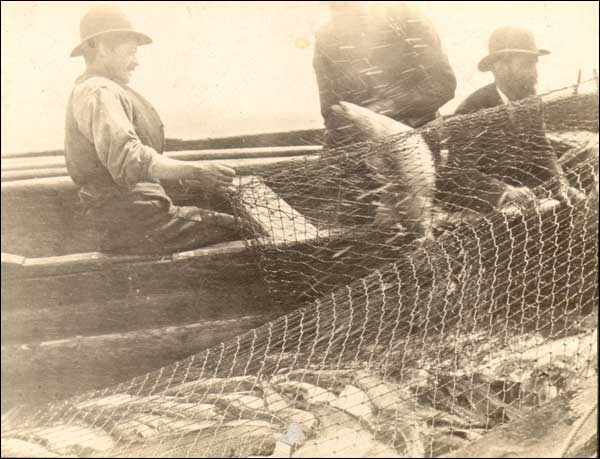
Other problems also plagued the NPA. When wounded soldiers returned home in 1916, it became apparent that the pension and work-placement schemes were inadequate. Dissatisfaction surrounding the NPA's selection of Regiment officers was another issue. Critics accused the NPA of unfairly awarding the commissions to St. John's men over outport men, Protestants over Catholics, and the sons of the well-off over those from working-class families. More damaging still, inexperienced new recruits who came from prominent families were receiving commissions at the expense of experienced men in the field.
In the summer of 1917, the Commission of the High Cost of Living released a series of reports that further damaged the NPA's public image. It found that some of the same Water Street merchants who were NPA members were also unfairly profiting from the war by charging unreasonably high prices for imports. The public was upset that some of the implicated merchants were also making key decisions about the war effort - decisions that would affect the lives of thousands of working-class men who had volunteered as soldiers.
Department of Militia
When the House of Assembly opened in May 1917, all three political parties agreed that it was time for the government to step in. Several politicians expressed a desire to create a public body, accountable to the House of Assembly, to manage the war effort. Further, with casualties rising and with no immediate end to the war in sight, the government recognized that it would have to introduce conscription, a measure it could not reasonably allow a private association to oversee.
In July 1917, Morris formed a National Government, which combined the People's Party, the Union Party, and the Liberals into a single coalition administration. The new government established a Department of Militia that same month to take over the various war-related tasks from the NPA. It managed the war effort until peace was restored on November 11, 1918.
